The Streak Continues: 324
Yesterday was more work, more swim, an ice bath, and NFL on the tube. Arash should be just about finishing the final PDF of the DPP 4 RAW Conversion Guide as I type on Sunday evening. We should have it for sale this coming week. This blog post, the 324th in a row–that’s a lot, no?, took me about 3 1/2 hours to prepare including the time for image optimizations. I completed it at 6:00pm on Sunday night and am publishing it from my home at Indian Lake Estates, FL, early on Monday–2:59 am to be exact. Next I finish packing the car and head over to Fort DeSoto for a short busman’s holiday.
To show your appreciation for my efforts here, we ask that you use our the B&H and Amazon affiliate links on the right side of the blog for all of your purchases. B&H Is recommended for you major photography gear purchases, Amazon for your household, entertainment, and general purpose stuff. Please check the availability of all photographic accessories in the BIRDS AS ART Online Store, especially Gitzo tripods, Wimberley tripod heads, and the like. We sell only what I have used, have tested, and can depend on. We will not sell you junk. We know what you need to make creating great images easy and fun. And we are always glad to answer your gear questions via e-mail.
Super Short Notice Fort DeSoto In-the Field Tuesday Morning Offering
DeSoto has been great. I know where the birds and where and when the best opps are. I will be driving over to DeSoto very early on Monday morning. I will be photographing on Monday morning, Monday afternoon, and Tuesday morning and then heading back to ILE.
If you would like to join me and learn a ton, here are your remaining options:
Monday afternoon only, one 3+ hour photo session: $125.
Tuesday morning, one 3+ hour photo session: $150.
Both are quite a bargain. The limit is 6. I have one for Tuesday morning. If you would like to join me please call Jim or Jen at the office on Monday morning at 863-692-0906 to register. In addition, please shoot me an e-mail, and include a call back number. I hope that you can join me. If you are desperate at the last minute try my cell at 863-221-2372 and leave a message if I do not pick up.
|
This American Oystercatcher image was created at 7:01pm on October 11 on DAY 1 of the recently concluded Fort DeSoto IPT with the Gitzo 3532 LS carbon fiber tripod, the Mongoose M3.6 head, the Canon EF 600mm f/4L IS II USM lens, the Canon Extender EF 2X III, and a beta version of the Canon EOS 7D Mark II . ISO 1600. Evaluative metering at zero: 1/60 sec. at f/10 in AV mode. AWB. Central sensor (by necessity)/AI Servo Expand/Rear Focus AF on the bird’s eye and recompose. Click here to see the latest version of the Rear Focus Tutorial. Click on the image to see a larger version. This JPEG represents the optimized image. |
A Note on the Three Image Optimizations
All of today’s images were converted in DPP v.3.14.41.0 using the recommended settings for both Chrominance and Luminance noise reduction. Looking at the noise in the large crops makes it hard to believe that the optimized images look so darned good. I am very proud of how I handled the BLACKs on the oystercatcher, the pink of godwit’s bill, and the cranes RED crown. All is detailed in Digital Basics. See below for info on DB.
The DPP RAW Conversion Guide
To learn why I use Canon’s Digital Photo Professional (DPP) to convert every image that I work on, click here. The current guide will teach you how to best convert all of your Canon images in all 3 point something versions of Canon Digital Photo Professional including the current v.3.14.41.0.
Coming next week: The DPP 4.0 RAW Conversion Guide by Arash Hazeghi and Arthur Morris. The more that I use DPP 4.0 for my 1D X and 5D III RAW conversions the more I learn about it. And the more I learn about it the more I am impressed with it. Note: at present, DPP 4.0 will work only with 1D X, 5D III, and 6D images. I am hoping against hope that at some point Canon will release a new version of DPP 4 that will support 7D II images.
Digital Basics
Everything that I did to optimize today’s images is covered in detail in my Digital Basics File–written in my easy-to-follow, easy-to-understand style. Are you tired of making your images look worse in Photoshop? Digital Basics File is an instructional PDF that is sent via e-mail. It includes my complete digital workflow, dozens of great Photoshop tips (including Surface Blur settings), details on using all of my image clean-up tools, the use of Contrast Masks, several different ways of expanding and filling in canvas, all of my time-saving Keyboard Shortcuts, Quick Masking, Layer Masking, and NIK Color Efex Pro basics, Digital Eye Doctor, using Surface and Gaussian Blurs, Tim Grey Dodge and Burn, how to create time-saving actions, and tons more.
APTATS I & II
Learn the details of advanced Quick Masking techniques in APTATS I. Learn Advanced Layer Masking Techniques in APTATS II. Mention this blog post and apply a $5 discount to either with phone orders only. Buy both APTATS I and APTATS II and we will be glad to apply at $15 discount with phone orders only. Please call Jim or Jennifer at 863-692-0906 weekdays to order.


|
This unsharpened JPEG represents a 100% crop of the TIFF created by converting the RAW file in DPP v3.14.41. |
The 100% AMOY Crop
Everything looks pretty good here but for some Chrominance noise in the BLACKs DPP 4 does well with color noise; in DPP 3 point whatever it is terrible–it destroys fine detail. If you are familiar with viewing your images at 100%, please feel free to let us know what you think of the noise and the image quality here at ISO 1600.
|
This unsharpened JPEG represents a 200% crop of the TIFF created by converting the RAW file in DPP v3.14.41. |
The 200% AMOY Crop
With the relatively huge crop here we are seeing some degradation of feather detail but all in all, not too bad. Do take a look at the optimized image above. If you are familiar with viewing your images at 200%, please feel free to let us know what you think of the noise and the image quality here at ISO 1600.
|
This Marbled Godwit image was created at 6:53pm on October 11 on DAY 1 of the recently concluded Fort DeSoto IPT with the Gitzo 3532 LS carbon fiber tripod, the Mongoose M3.6 head, the Canon EF 600mm f/4L IS II USM lens, the Canon Extender EF 2X III, and a beta version of the Canon EOS 7D Mark II . ISO 1600. Evaluative metering +2/3 stop: 1/320 sec. at f/9 in AV mode. AWB. Central sensor (by necessity)/AI Servo Expand/Rear Focus AF on the middle of the bird’s bill as framed was active at the moment of exposure. Click here to see the latest version of the Rear Focus Tutorial. Click on the image to see a larger version. This JPEG represents the optimized image. |
Marbled Godwit
When I saw a young Marbled Godwit on the South Flats of the East Pond at Jamaica Bay Wildlife Refuge some 37 or 38 years ago I had no idea that the experience would change the course of the remainder of my adult life. But it did just that in many ways. All for the good.
|
This unsharpened JPEG represents a 100% crop of the TIFF created by converting the RAW file in DPP v3.14.41. |
The 100% MAGO Crop
Everything here looks great with some nice feather detail and a nice sharp eye. If you are familiar with viewing your images at 100%, please feel free to let us know what you think of the noise and the image quality here at ISO 1600.
|
This unsharpened JPEG represents a 200% crop of the TIFF created by converting the RAW file in DPP v3.14.41. |
The 200% MAGO Crop
With the relatively huge crop here we are seeing significant Luminance noise on the bill and in the background. But as others have noted the noise seems relatively smooth, much less harsh than with images from previous camera bodies. With all three images here a dose of Filter > Blur > Surface Blur applied to the backgrounds only does wonders. If you are familiar with viewing your images at 200%, please feel free to let us know what you think of the noise and the image quality here at ISO 1600.
|
This image was created at 7:49am on the morning of 19 October down by the lake near my home. Working from my vehicle I used the BLUBB-supported/hand held Canon EF 200-400mm f/4L IS USM lens with Internal 1.4x Extender (hand held with the internal extender in place at 436mm) and a beta version of the Canon EOS 7D Mark II . ISO 1600. Evaluative metering +1/3 stop as framed: 1/800 sec. at f/5.6 in Av mode was a full half stop too dark. 65-point Automatic Selection Rear Focus/AI Servo AF selected two sensors in the upper right corner of the array. They were active at the moment of exposure. Click here to see the latest version of the Rear Focus Tutorial. Click on the image to see a larger version. |
65-point Automatic Selection with iTR Face Detection
Here again we see how well the 65-point Automatic Selection AF Area Selection Mode works in conjunction with iTR Face Detection. I was somewhat remiss in the blog post here by not mentioning that iTR (( Intelligent Tracking and Recognition) ain’t just for faces. That it can detect shapes and colors and patterns and not just eyes and skin tones makes it relevant for bird and wildlife photography. After it detects what it detects it tells the AF system not to wander thus producing images like the one above that are sharp where you want them to be sharp. Is it perfect? No. But it is significantly improved from the iTR in the 1D X.
|
This unsharpened JPEG represents a 100% crop of the TIFF created by converting the RAW file in DPP v3.14.41. |
The 100% SACR Crop
REDs are tough as they often come out of the camera either a bit over-saturated or a bit funky. They require special handling. DPP 4 has an HSL (Hue/Saturation/Luminance)tab that will make things easier. Everything else looks pretty good for ISO 1600. I will share my tips for handing the REDs when we take a close look at the image optimization here in a day or two. If you are familiar with viewing your images at 100%, please feel free to let us know what you think of the noise and the image quality here at ISO 1600.
|
This unsharpened JPEG represents a 200% crop of the TIFF created by converting the RAW file in DPP v3.14.41. |
The 200% Crop
With the relatively huge crop here the feather detail here is at least decent. We are seeing significant noise in the background. A nice a dose of Filter > Blur > Surface Blur applied to the background only as detailed in my Digital Basics File rendered the BKGR here smooth as a the proverbial baby’s tush. If you are familiar with viewing your images at 200%, please feel free to let us know what you think of the noise and the image quality here at ISO 1600.
The Image Optimization
We will take a close look at the before and after versions of this image in a blog post here in a day or three. Yes, all ISO 1600 images are going to exhibit some significant noise. But dealing with that noise is not rocket science.
“Love Affair with Bosque.” Sponsored by Canon USA/Explorers of Light. Friday, NOV 21, 2014; 1:00 to 2:40pm. Free, at the Bodega Restaurant, Socorro.
A slide program by Arthur Morris/BIRDS AS ART. Limit 200. Please see the important registration information below.
Arthur Morris first visited Bosque del Apache Refuge in December, 1992 while on sabbatical with his late-wife Elaine While leading his first Bosque del Apache photographic workshop in December, 1994, quite soon after Elaine’s death, he created two iconic Bosque images. His “Blizzard in Blue” was honored in the prestigious 1998 BBC Wildlife Photographer of the Year Competition. “Fire in the Mist” was similarly honored in the 2001 BBC competition and soon thereafter was featured as wrap-around cover art on the coffee table book, Life on the Earth, a celebration of 30 years of the best images from the Wildlife Photographer of the Year Competitions. Those two images laid the foundation for his more than two decade love affair with the refuge. He has returned every year since then at the Thanksgiving season while leading BIRDS AS ART Instructional Photo-Tours. In addition, he has two February visits along with two September visits, the latter visits in conjunction with the Bosque del Apache Open Windows Volunteer Program that he founded. Join us for Artie’s photographic celebration of his “Love Affair with Bosque.”
Even though this is free event, you need to click here to register.
|
Join Denise Ippolito and me for four great days of photography and learning at one of our soul places. Please click on the card to enjoy a larger version. |
Bosque del Apache 2014 BIRDS AS ART/A Creative Adventure Instructional Photo-Tour (IPT). NOV 29 (afternoon photo session)-DEC 3 (morning session), 2014. Totaling 4 FULL-DAYS: $1449. Leaders: Arthur Morris and Denise Ippolito. Introductory Slide program: 7:00pm on Saturday 11/29. Limit 16/Openings: 1
Once again, there is a single opening due to a cancellation.
Tens of thousands of Snow Geese, 10,000 Sandhill Cranes, ducks, amazing sunrises, sunsets, and blast-offs. Live, eat, and breathe photography with two of the world’s premier photographic educators at one of their very favorite photography locations on the planet. Top-notch in-the-field and Photoshop instruction. This will make 21 consecutive Novembers at Bosque for artie. This will be denise’s 6th workshop at the refuge. Nobody knows the place better than artie does. Join us to learn to think like a pro, to recognize situations and to anticipate them based on the weather, especially the sky conditions, the light, and the wind direction. Every time we make a move we will let you know why. When you head home being able to apply what you’ve learned on your home turf will prove to be invaluable.
This workshop includes 4 afternoon (11/29 through 12/2), 4 morning (11/30 to 12/3) photography sessions, an inspirational introductory slide program after dinner on Saturday, 11/29, all lunches, and after-lunch digital workflow, Photoshop, and image critiquing sessions.
There is never a strict itinerary on a Bosque IPT as each day is tailored to the local conditions at the time and to the weather. We are totally flexible in order to maximize both the photographic and learning opportunities. We are up early each day leaving the hotel by 5:30 am to be in position for sunrise. We usually photograph until about 10:30am. Then it is back to Socorro for lunch and then a classroom session with the group most days. We head back to the refuge at about 3:30pm each day and photograph until sunset. We will be photographing lots of Snow Geese and lots of Sandhill Cranes with the emphasis on expanding both your technical skills and your creativity.
A $449 non-refundable deposit is required to hold your slot for this IPT. Your balance, payable only by check, will be due on 7/25/2014. If the trip fills, we will be glad to apply a credit applicable to a future IPT for the full amount less a $100 processing fee. If we do not receive your check for the balance on or before the due date we will try to fill your spot from the waiting list. Whether or not your spot is filled, you will lose your deposit. If not, you can secure your spot by paying your balance.
Please print, complete, and sign the form that is linked to here and shoot it to us along with your deposit check (made out to “Arthur Morris.”) You can also leave your deposit with a credit card by calling the office at 863-692-0906. If you register by phone, please print, complete and sign the form as noted above and either mail it to us or e-mail the scan. If you have any questions, please feel free to contact me via e-mail.
|
Join Denise Ippolito and Arthur Morris for two great days of photography, fun, and learning at one of our favorite soul places. We will surely be taking you out of the box on this workshop. Please click on the card to enjoy a larger version. |
Bosque del Apache 2014 A Creative Adventure/BIRDS AS ART “Creative Photography Instructional Photo-Tour.” (IPT). NOV 24-25, 2014. 2-FULL DAYS: $729. Leaders: Denise Ippolito & Arthur Morris. Introductory Slide program: 7:00pm on Sunday 11/23.
Get Out of Your Box!
The Creative Bosque IPT is perfect for folks who want to learn to think outside the box, to create new and different images. This workshop is the perfect add-on for folks who are planning on attending the Festival of the Cranes. Learn to unleash your creative juices at the wondrous Bosque del Apache National Wildlife Refuge in San Antonio, New Mexico with two great leaders including the amazingly talented and creative Denise Ippolito. In-the-field instruction will include tips on gear set-up, on creating a variety of pleasing blurs, on getting the right exposure, and on designing pleasing images. And lots more. From vertical pan blurs to subject motion blurs to zoom blurs to multiple exposures we will cover it all. If conditions are perfect, we will not hesitate to take advantage of them to do some traditional bird photography. This workshop will include an inspirational introductory slide program on Sunday evening, 11/23, after dinner on your own, two morning and two afternoon photography sessions, all lunches, a digital workflow and Photoshop session after lunch on Monday, and an image critiquing session after lunch on Tuesday.
A $329 non-refundable deposit is required to hold your slot for this IPT. Your balance, payable only by check, will be due on 7/25/2014. If the trip fills, we will be glad to apply a credit applicable to a future IPT for the full amount less a $100 processing fee. If we do not receive your check for the balance on or before the due date we will try to fill your spot from the waiting list. If your spot is filled, you will lose your deposit. If not, you can secure your spot by paying your balance.
Please print, complete, and sign the form that is linked to here and shoot it to us along with your deposit check (made out to “Arthur Morris.”) You can also leave your deposit with a credit card by calling the office at 863-692-0906. If you register by phone, please print, complete and sign the form as noted above and either mail it to us or e-mail the scan. If you have any questions, please feel free to contact me via e-mail.
Be sure to like and follow BAA on Facebook by clicking on the logo link upper right. Tanks a stack!
Support the BAA Blog. Support the BAA Bulletins: Shop B&H here!
We want and need to keep providing you with the latest free information, photography and Photoshop lessons, and all manner of related information. Show your appreciation by making your purchases immediately after clicking on any of our B&H or Amazon Affiliate links in this blog post. Remember, B&H ain’t just photography!
Amazon.com
Those who prefer to support BAA by shopping with Amazon may use this link:
Amazon Canada
Many kind folks from north of the border, ay, have e-mailed stating that they would love to help us out by using one of our affiliate links but that living in Canada and doing so presents numerous problems. Now, they can help us out by using our Amazon Canada affiliate link by starting their searches by clicking here. Many thanks to those who have written.
Typos
In all blog posts and Bulletins, feel free to e-mail or to leave a comment regarding any typos or errors. Just be right :).

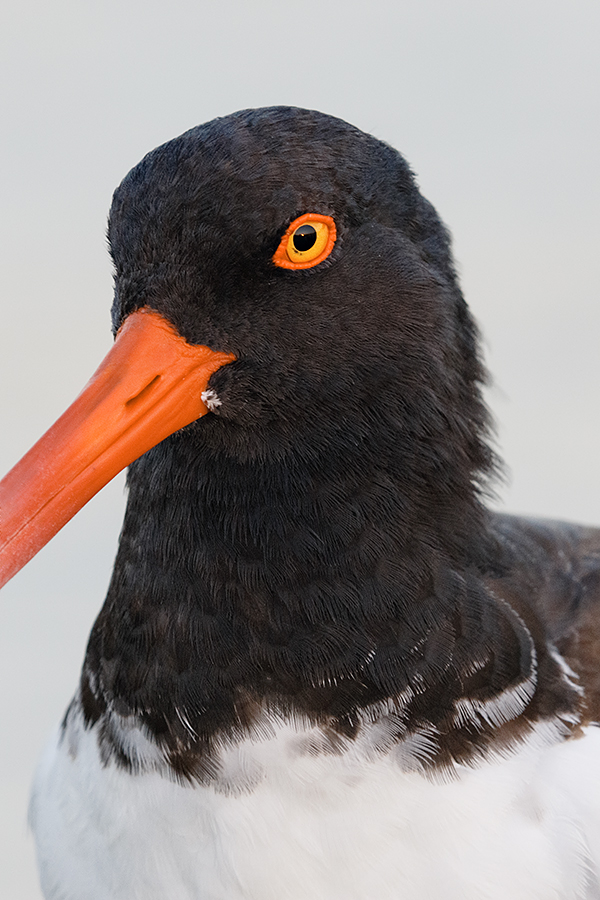
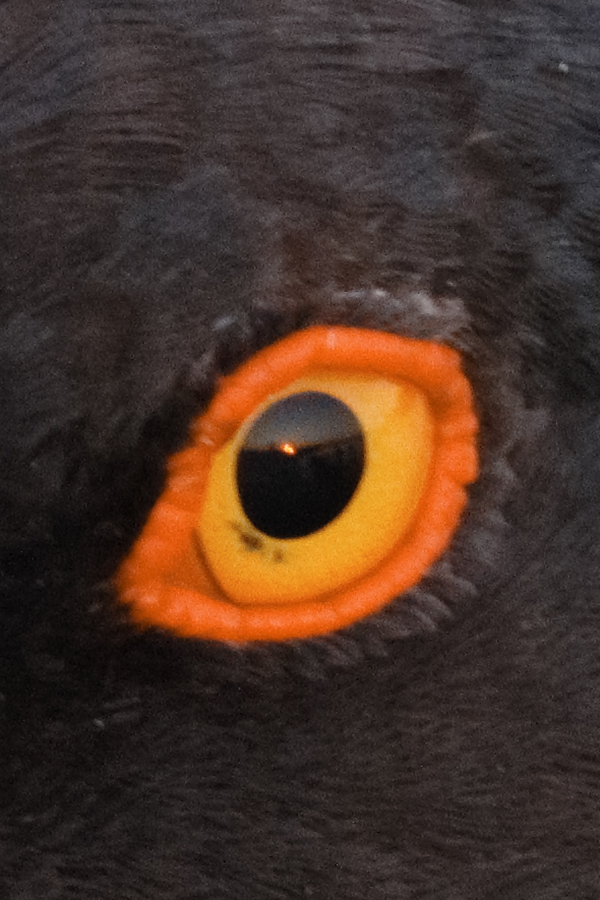
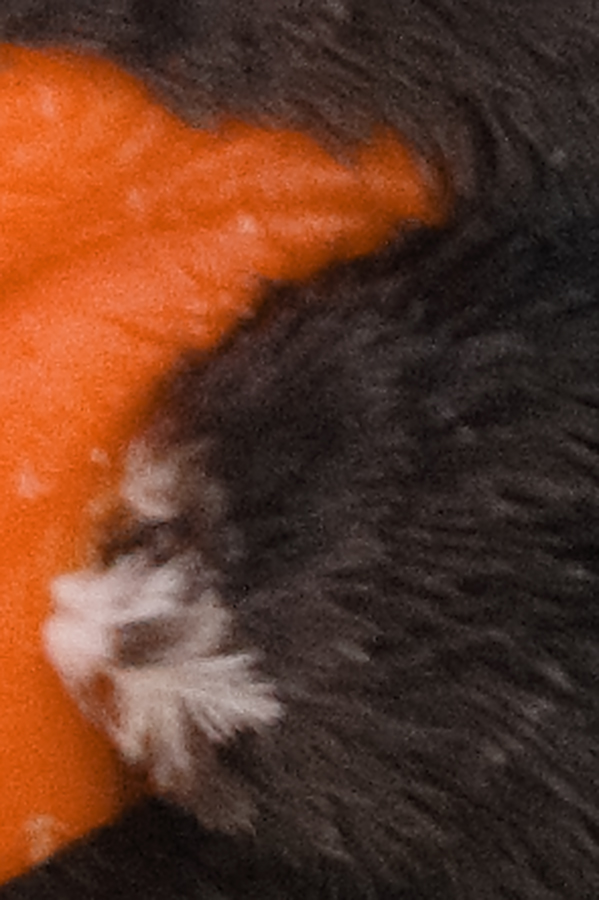
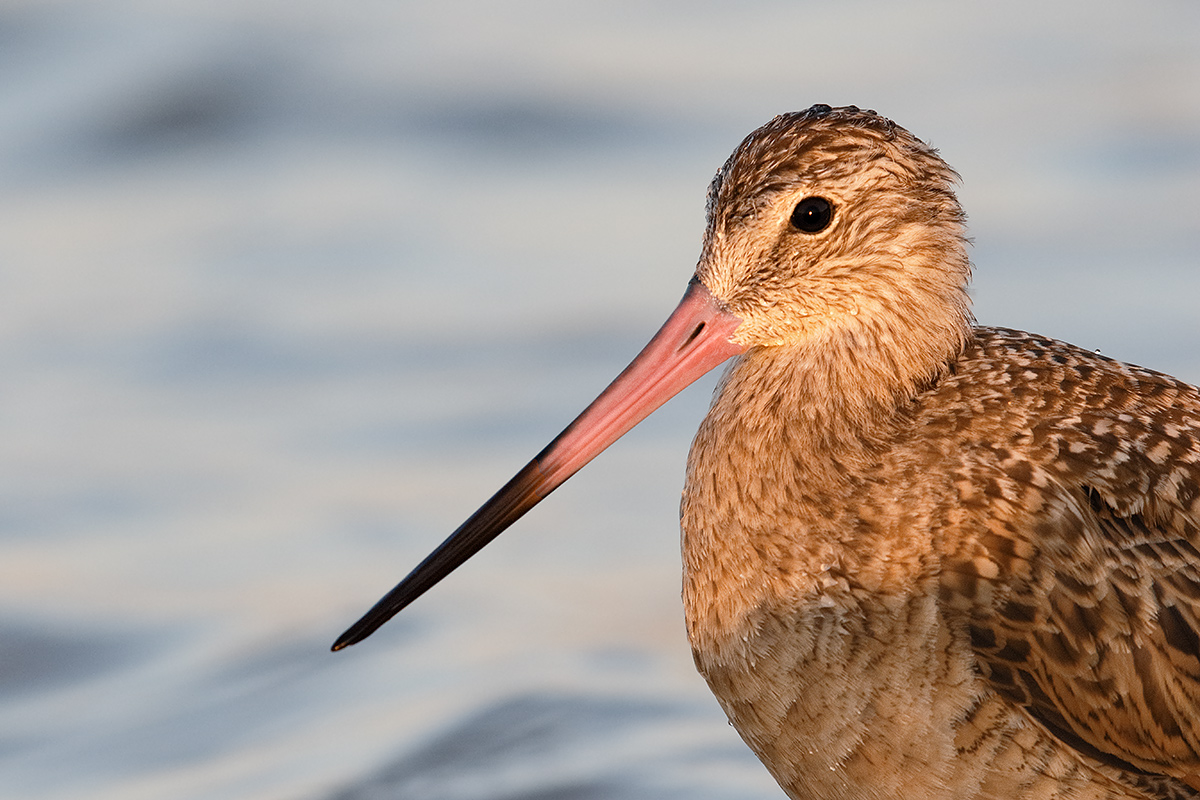
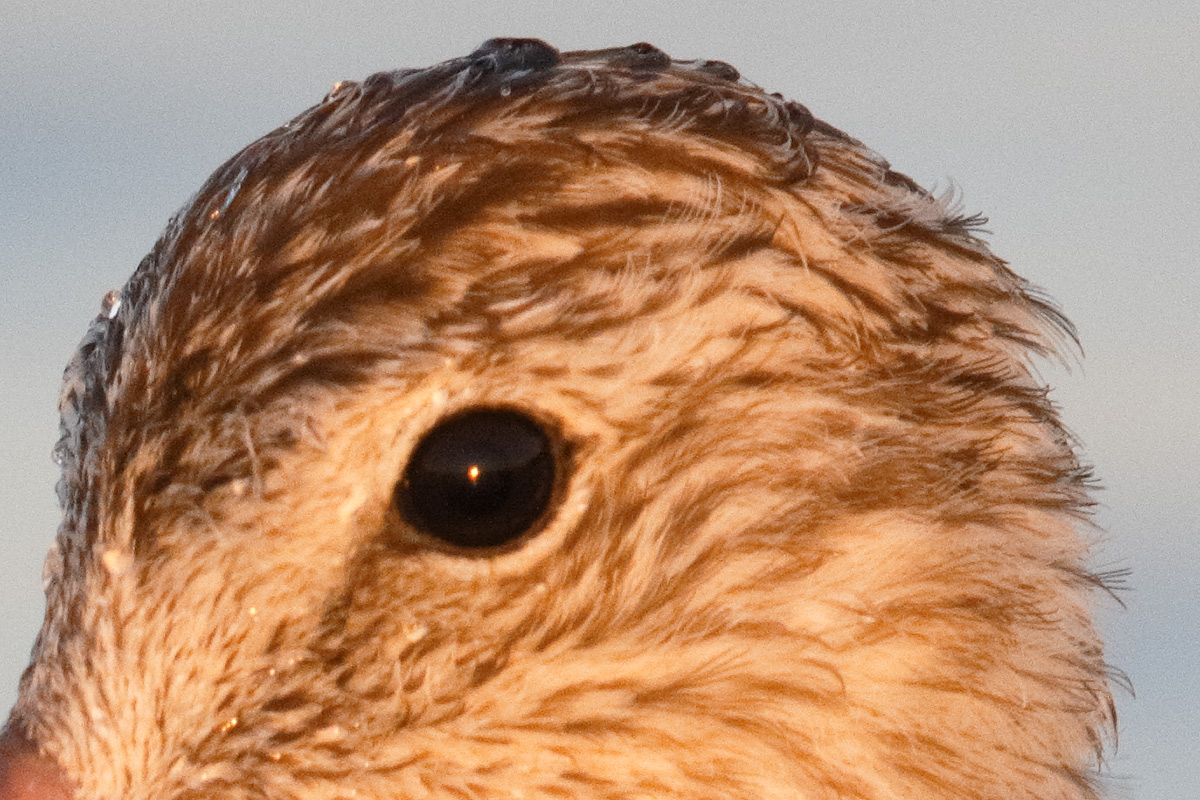
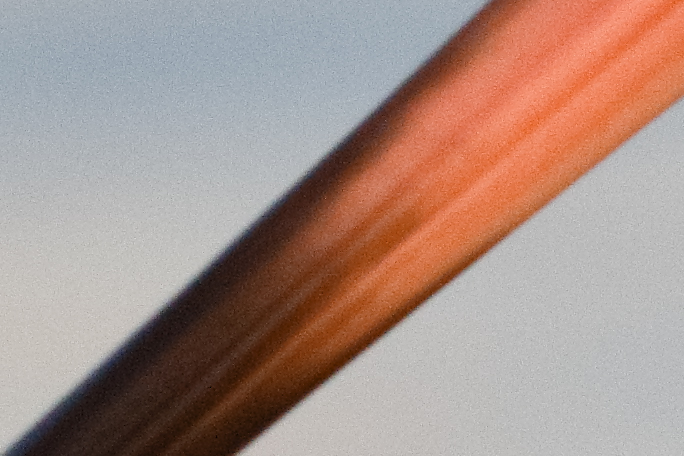
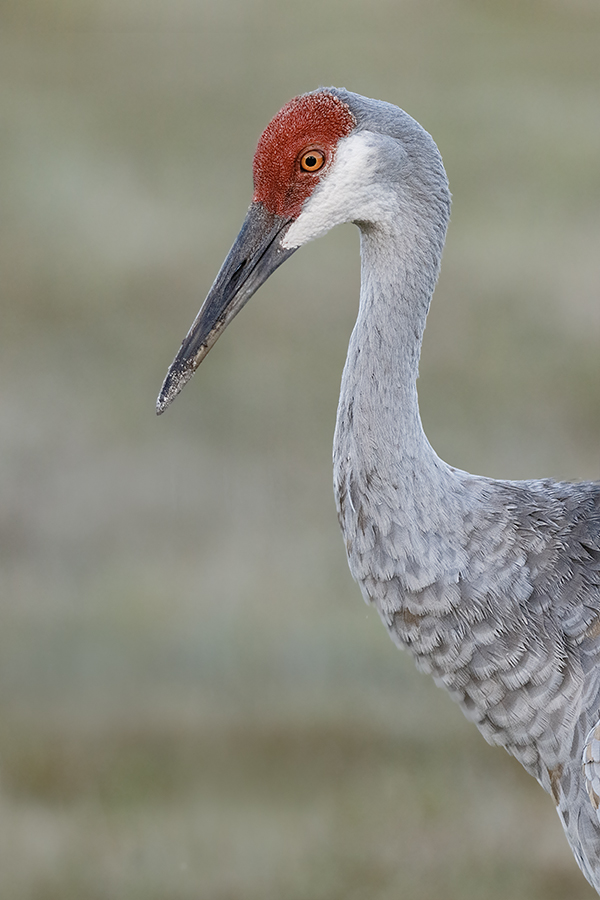
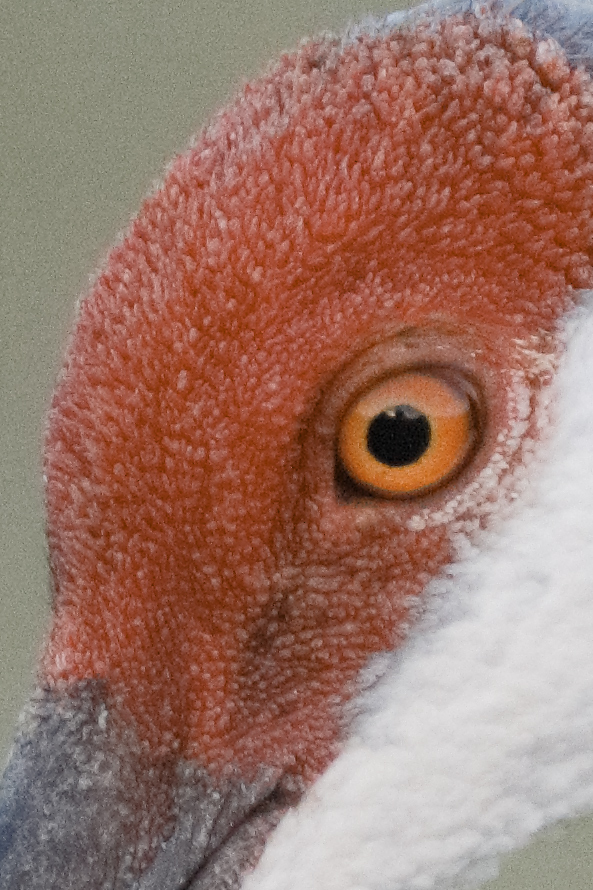
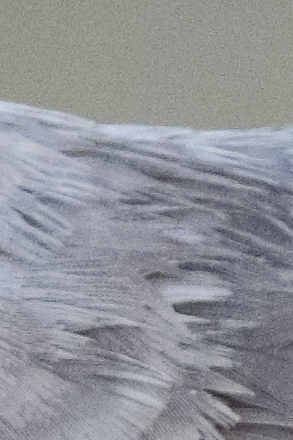
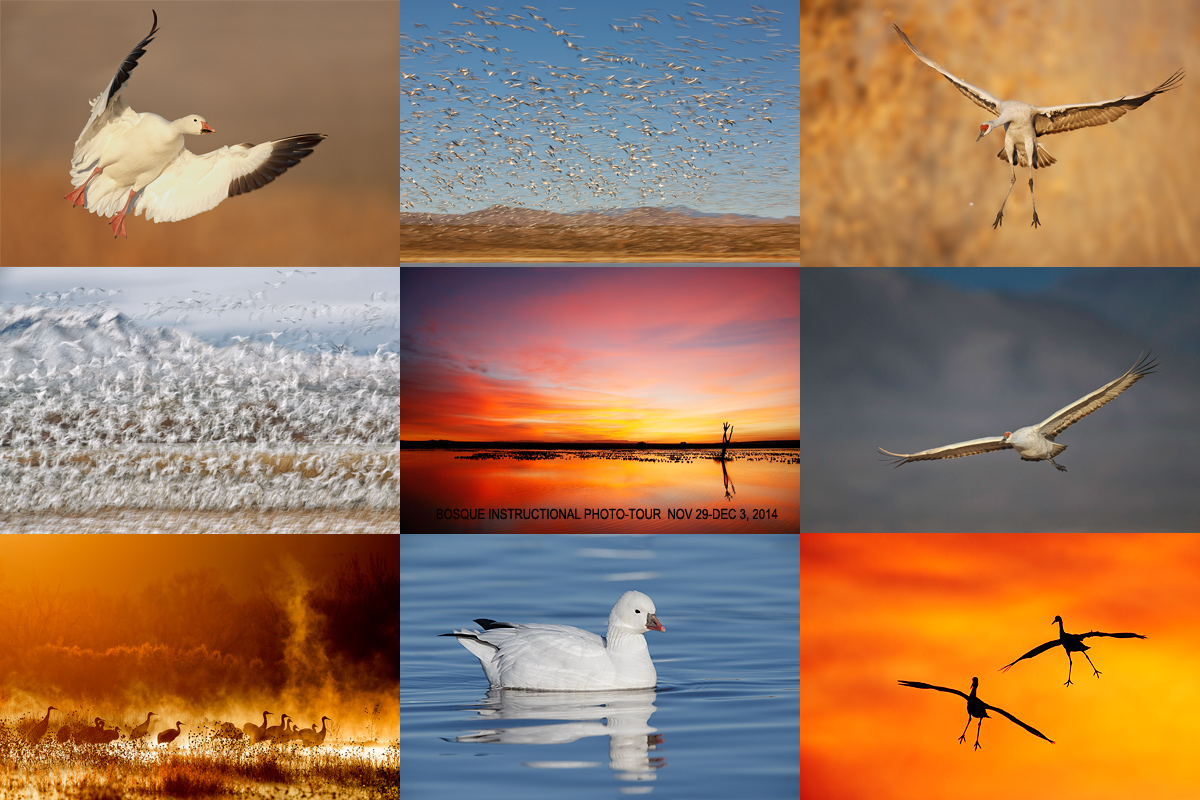














Hi Artie,
Would you think that the 7DII could be used for nite sports up to ISO 3200?
Rgds,
Cole
I will be publishing several ISO 3200 images over the next week but I really cannot answer your question as I have no experience with shooting sports at night. artie
That bill is actually a leaf.
Could very well be. aratie
Artie, Thanks so much for these in-depth blogs about the 7D2. It’s shaping up to be one amazing camera and am really finding it hard to resist the urge to pick one up for when I need more reach.
Scott
Hello Artie
thanks a lot for your information and notice.
I am in trouble becouse I have Canon 1Dx and Canon 5D mark III (I sold my 7d too much noise…).to avoid change my lens 500 F.4 is I (no money) could be fine return to small sensor 1,6.
Whath you thin about ?
My problem is the noise; you showed photos made with iso 1600 but it is no hight iso with Canon 5D Mark III.
Sometimes no light or if is necessary be fast o iso normally could be more than 2000…in those situation is 7D mark II ok ?
Thanks for your help
Giovanni
I will be posting some ISO 3200 images soon. Actually posted the one ISO 3200 spoonbill already.
The 7D II is great for folks who cannot get as close to the birds as the need to…. artie
Arthur, based on your experience with both bodies, would you rather have a 7D2 or 1D4?
7D II but only by miles….ps: I like the simple questons 🙂
Thanks for doing all the testing Artie. Looks very promising.
Good news on availability, B & H says it will ship out next week, Oct 30th.
Thanks and great. artie
Thank you Guru for the nice ongoing review on 7D II.
Guru honestly, if you have an assignment of creating some new images that are to be used by an international magazine or journal; which bodies are you going to use? It’s assumed the customer requires the best quality in all areas (clarity, details, colors, aesthetic appeal etc.). I’m not asking about lenses as I already know your glass arsenal and choices.
Thanks in advance.
YAW. Quazi, You are a non-believer and nothing that I say, do, or show is going to change your mind :). If I need the reach, I would have no problem at all using 7D II images for any project or entering 7D II images in any and all prestigious contests. artie
Ok Artie, as u certify, 7D II is perhaps a better body than version I. However, I never saw your images shot with any crop body other than 1D Mk IV.
May be I’ll contemplate one 7D II for myself exclusively because u recommend it.
However, I cannot control my frustration with both CaNikon for deliberately making the crop sensors produce more noise with tiny pixels compared to full-frame versions. They failed to develop a technology that enables these sensors produce less noise. Instead, they depend on noise reduction activity either in-camera or post that partly neutralizes the advantages of high-resolution photos. Of course, high pixel counts attract non-photogs who are convinced this is the indicator of better camera. It’s a promotional gimmick that both the entities are cashing in on.
Fake Chuck Westfall echoed this point multiple times in his reviews.
That’s the reason why many photogs, including some of your close associates, still lament the great EOS 40D that packed appropriate pixel density and produced very high quality images.
I’m a non-believer in gimmicks but firm believer in the Creator. But I believe you and . . . (I’ve already said it above).
Regrets for being point-blank.
Thanks again.
Small pixels are – well – small. Their full well electron capacity is less than that of big pixels. So, signal to noise ratio is going to be greater in the smaller wells, other things being equal. I believe that the quantum efficiency of the Canon sensors is about 50%, I don’t know what the maximum quantum efficiency of any CMOS sensor of similar pixel density out there is. So, there’s less than a stop worth to be gained by maxing out the QE. The other area to work on is post-well signal processing, in which Canon and Sony (Nikon) have different architectures. I suspect that CMOS sensors have entered the period of “fine scale tweaks” in performance, and that expecting more than a stop of improvement in classic Bayer sensors processed in the usual manner is unreasonable.
I am pretty sure that I will upgrade from the 60D to the 7D2 for a birding camera. That’s a huge difference in AF. However, my landscape and night camera will still be the 6D, which benefits from bigger pixels – and 99% of the time, I am using manual focus with the 6D.
Quazi Ahmed Hussain: Please don’t be fixated on pixels. Please instead pay attention to the images! Artie’s 7D2 images are breathtaking. And while I’m at it, please don’t be frustrated with Canon and Nikon. Every camera is a compromise. If you want a smaller sensor with decent resolution, you have to make the pixels smaller or they won’t fit on the sensor. The image quality from the most recent crop cameras is really remarkable. (But yes, as NancyP says, I expect I’ll still use my 6D for landscapes.)
David
David, thanks for your and NancyP’s explanations. My EOS 450D and 50D are still giving good services. However, perhaps the first one will need replacement shortly and it’s almost sure to be 6D that I already decided some time ago. I hope this one to be my darling camera that produces great IQ and will use it for all purposes that include landscape, great portrait shots of wildlife and occasionally people. But grudgingly I’ll need to replace the 50D when time comes with 7D II mainly due to AF performance, frame rate and the reach. Will always shoot this particular camera in jpeg unlike my years old practice of shooting in RAW. Because I hate to view files filled with severe chicken pox.
One thing is very clear David. Most of the manufacturers conceal the drawbacks of products and inflate the advantages. I’m an enthusiast photog while my profession is pharmaceuticals. Many drug makers released new products in the market with the adverse effects undisclosed. Subsequently they recalled/withdrew those following negative feedbacks from field or even deaths had occurred. Fortunately imaging equipment can only strain the heart and shorten life but unable to kill instantly.
Thank you again for the informative and lively deliberations.
Hi, Artie. That AMOY image took my breath away. If my arithmetic is correct, that was taken at 1200 mm (1920 mm equivalent on a “full frame” camera), at ISO 1600, and it’s unbelievably sharp and clean. You stopped down from f/8 to f/10, so only slightly. The amount of noise and remaining sharpness at severe crops still is amazing. I know you’re a magician with any camera, but this really bodes well for what even I will be able to do with the new 7D2.
Thanks so much.
David
It is a great camera, the best 1.6 crop body ever by miles…. artie
Give Artie the basic entry-level camera available; he’ll produce miracles.
My real life photography mentor used to say “it’s not the equipment that creates great images, it’s the photographer.”
Artie,
Thanks so much for your in-depth review of the new 7D Mark II. I’ve been following your posts for some time now and will continue to learn. If I am remembering correctly, you have only done one post on flight photography. Can you comment on the new camera’s ability to track a flying bird across a busy background? Thanks.
Marv
YAW Marvin. I just have not had a lot of flight opps. Being able to track a flying bird against a busy background has a lot more to do with the skill of the operator than the camera body. If you keep the sensor on the bird AF will track properly…. artie